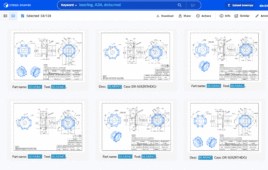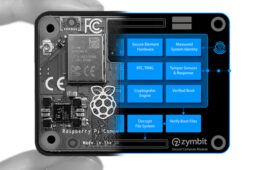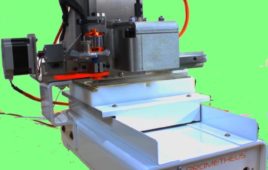A zipper goes out on your boot, the lace holes start to collapse on your tennis, or your toe starts to protrude from a hole in your well-loved shoes. These are situations we’ve all been in, but what if we had a self-fixing shoe so we never had to throw out our favorite sandals or tennis? Researchers at the University of Southern California Viterbi School of Engineering have developed just that with 3D-printed rubber material.
Assistant Professor Qiming Wang, who constantly delves into the world of 3D printed materials, is working with Viterbi students Kunaho Yu, An Xin, and Haixu Du, and University of Connecticut Assistant Professor Ying Li. The team has created a new material that can be manufactured quickly and repairs itself if it gets fractured or punctured. This material could be useful for other applications than just shoes, such as tires, soft robotics, and electronics.
The material is manufactured using a 3D printing method that uses photopolymerization. The process uses light to solidify a liquid resin into a specific shape or geometry. In order to make the material self-healable, the team had to discover more about the chemistry behind the material.
Photopolymerization is achieved through a reaction with a chemical group called thiols. If you add an oxidizer to the equation, thiols transforms into a different group known as disulfides. This disulfide group is what causes the material to reform when broken, allowing a self-healing ability. Discovering the perfect ratio between these two groups was the key to creating the self-healing material.
“When we gradually increase the oxidant, the self-healing behavior becomes stronger, but the photopolymerization behavior becomes weaker,” says Wang. “There is competition between these two behaviors. And eventually we found the ratio that can enable both high self-healing and relatively rapid photopolymerization.”
Within a matter of five seconds, the researchers can print a 17.5-millimeter square and complete whole objects that can repair themselves within 20 minutes. In their video, the researchers demonstrate the material’s ability through different objects, such as a shoe pad, an electric sensor and more.
“We actually show that under different temperatures – from 40 degrees Celsius to 60 degrees Celsius – the material can heal to almost 100 percent,” says Yu, according to USC Viterbi. “By changing the temperature, we can manipulate the healing speed, even under room temperature the material can still self-heal”
Filed Under: Product design




